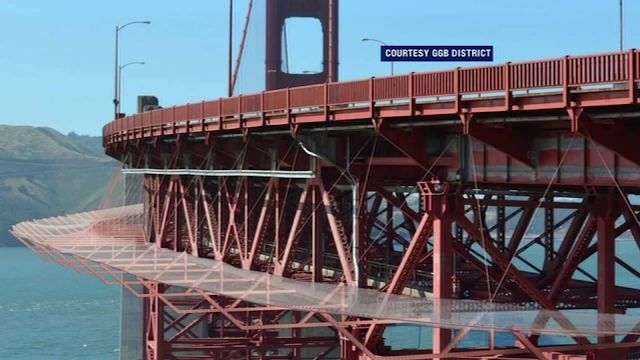I came across this chart of the locations of suicide jumps on the Golden Gate Bridge in San Francisco, from Wikipedia:
This is strictly a technical observation...but I think it's very interesting that the vast majority of jumps have occurred on the east side of the bridge, which faces the city and communities beyond (like Oakland and Berkely), compared to the west side of the bridge, which faces out to the huge and endless Pacific Ocean. [Views]
Of course I don't know why, and can only speculate. I would guess that view to the east, the side of the bridge from which the vast majority of jumpers jump, is more "friendly" -- in the direction of people, of humanity, of life. The view to the west is pretty rough, just impersonal ocean, waves and current going out rapidly.
Why would jumpers prefer to jump towards civilization instead of into a relative abyss? Of course, I don't know that either. Maybe it's some bare, atavistic impulse to still want to be involved in life, even as it ends.
I remember the story, when I lived in New Hampshire, of a man with a terminal illness. He had always loved hiking in the NH mountains, of which the White Mountains are the most prominent and spectacular. To die he choose to climb to the top of one of them, in a colder time of the year, and sit there until he froze to death.
Dying alone, that's got to be a tough choice. Hardly typical. Except suicide is always a lonely choice. But maybe, just perhaps, brave in a way. I wonder if jumping to the west of the Golden Gate Bridge isn't somehow equivalent, when jumping to the east might be a last, if fatal, sign of hope. These things are very deep and I don't know if we can ever understand them. I don't really need to. But the Wiki chart made me think and wonder.
--
Added: the Golden Gate Bridge now has suicide nets, since 2013:
They do seem to have helped some, though not solving the problem completely:






